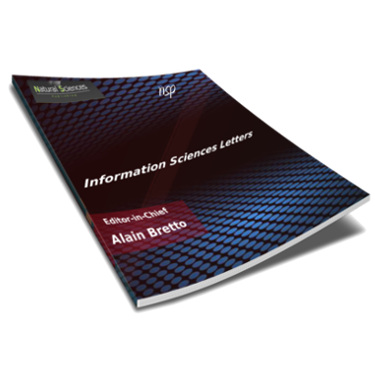
Information Sciences Letters
Abstract
The spread of rumors is essential to social interaction, significantly affecting work and daily life. In terms of transmission, rumors are similar to diseases, so a mathematical model of rumors can be constructed using the epidemic model. This study aims to develop and analyze a mathematical model for spreading rumors in the form of S, I, and R compartments. The experimental method is used by adding a delay time where the acceptance rate is constant. The analysis obtained two equilibrium points: the rumor-free equilibrium point and the rumor-endemic equilibrium point. The rumor-free equilibrium point will be asymptotically stable when R0 < 1, so rumors will not spread in the population. Furthermore, the rumor endemic equilibrium point will be asymptotically stable if R0 > 1. Based on mathematical analysis and simulation, it is obtained that if the delay time is more significant, the equilibrium points E0 and E* remain stable. The addition of the time delay in the system does not affect the stability of the equilibrium point. Furthermore, parameter value A significantly affects the spread of rumors. If the value of A increases, the effect on users of S, I, and R will also increase, it can also be seen at the peak of the number of users of S, I, and R increasing. Furthermore, the peak number of S, I, and R users will decrease if it increases.
Recommended Citation
M. R. Marbun, Y.; Tulus, T.; Sutarman, S.; and Herawati, E.
(2023)
"Dynamic Analysis of Rumor Spreading Models in Social Networks with Time Delay,"
Information Sciences Letters: Vol. 12
:
Iss.
10
, PP -.
Available at:
https://digitalcommons.aaru.edu.jo/isl/vol12/iss10/18

